Dharamshala, 26th August: President Xi Jinping paid his first visit to the Tibet Autonomous Region as China’s national leader this week, urging residents to “join the party,” according to the official Xinhua news agency. According to Xinhua, Xi visited a monastery and the Potala Palace Square in Lhasa, where he “inspected ethnic religion work” and Tibetan cultural heritage protection. The Dalai Lama, the spiritual leader of Tibetan Buddhism, lives in exile and has been labeled a dangerous separatist by Beijing.
According to Xinhua, Xi directed local province officials to seek to increase Tibetans’ identification with the “great homeland, Chinese people, Chinese culture, the Chinese Communist Party, and socialism with Chinese features.” He also stated that the “rejuvenation of the Chinese country” can only be realized if the masses “follow the party.”
The Reality:
China is replacing Tibetan-language schooling with education almost entirely in Chinese and coercing parents to send their children to faraway residential schools in a renewed effort to eliminate the Tibetan identity. Rinchen Kyi, a Tibetan teacher was arrested and charged with separatism after her school was forcibly closed.
Sherab Dorje(19) from Ngaba(Eastern Tibet) was arrested in August 2021 for his failure to attend a Chinese propaganda lecture. These sessions are designed to ensure Tibetans do not oppose China’s policies in Tibet.
Beijing Flexing its Muscles:
According to commentators, Chinese President Xi Jinping’s recent visit to Tibet was a method for Beijing to flex its muscles and send a strong message about its regional domination. The president’s latest policy edict on Tibet – summed up in eight Chinese characters as “stability, development, ecology, and border-area consolidation” – as well as the staging of the event was intended to send a strong message to domestic audiences as well as India and the Dalai Lama.
The official purpose of the three-day trip, which ended last Friday, was to commemorate the 70th anniversary of what Beijing refers to as Tibet’s “peaceful liberation,” which refers to the start of the People’s Liberation Army’s stationing in the region in 1951, following a landmark agreement between the central government and the Lhasa administration earlier that year. It was the first time a senior Chinese leader has done so since 1990. Since 1959, when the Dalai Lama defied Chinese leadership and fled to India, Tibet has been a source of consternation for Beijing.
In 1989 and 2008, the Tibetan capital Lhasa was devastated by ethnic and religious upheaval. China blamed the unrest on the exiled spiritual leader, but rights groups claimed the unrest was a sign of despair brought on by Beijing’s strict policies. The region has also come into focus as a result of rising tensions between China and the US and India, with the US Congress enacting a series of laws related to Tibet in the last two years.
Meanwhile, last year saw an extended standoff between Chinese and Indian forces along the disputed Himalayan frontier, culminating in the worst confrontation between the two sides in years. Xi’s first two priorities – stability and development – are similar to policies declared by Jiang Zemin on his last visit to Tibet in 1990, months after a series of large anti-Chinese riots.

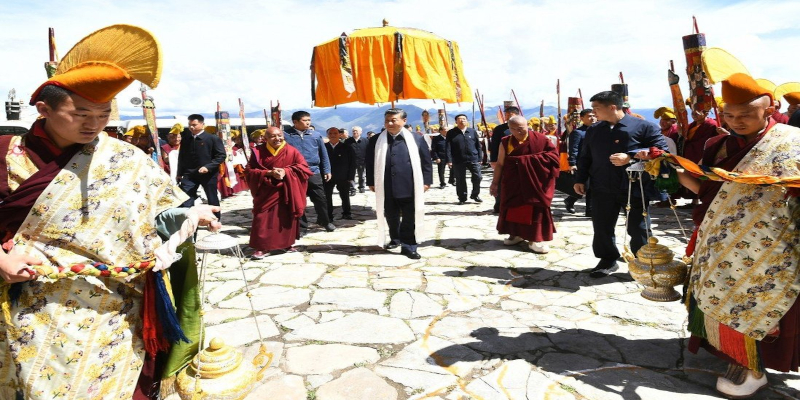
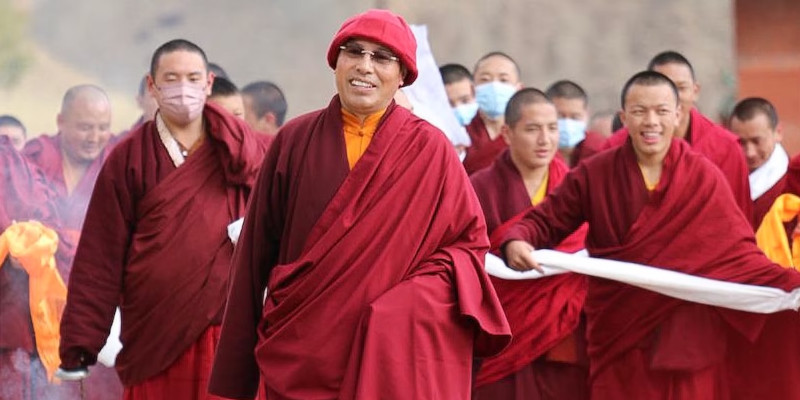
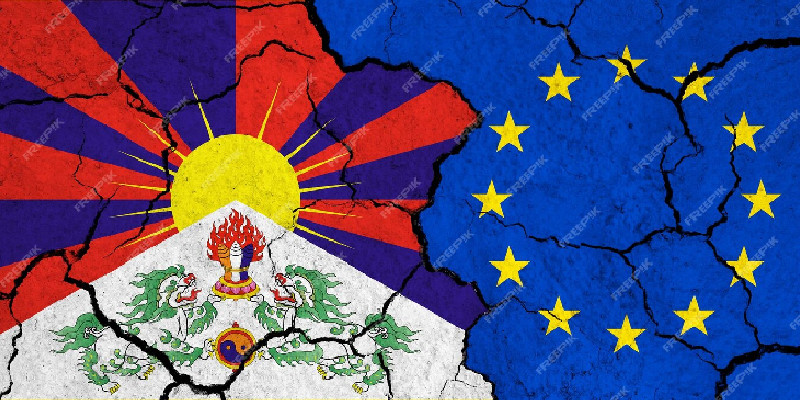
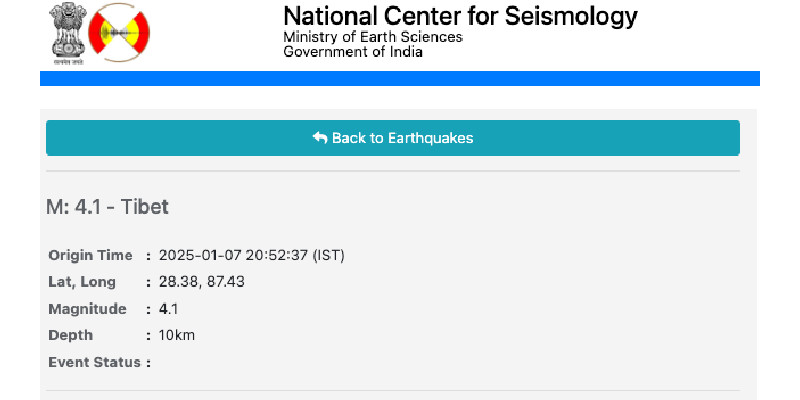
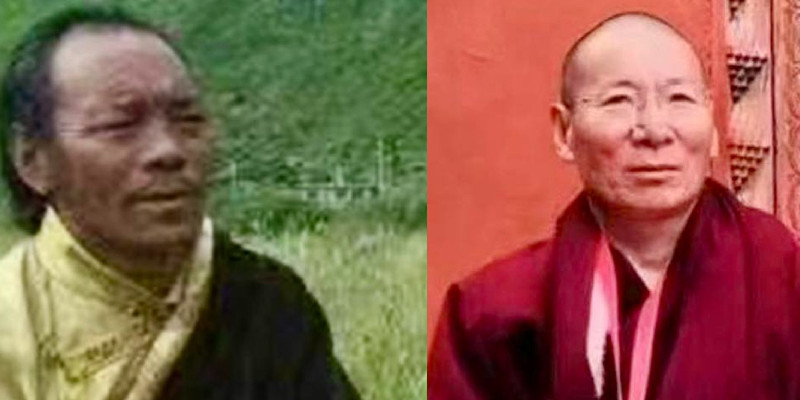
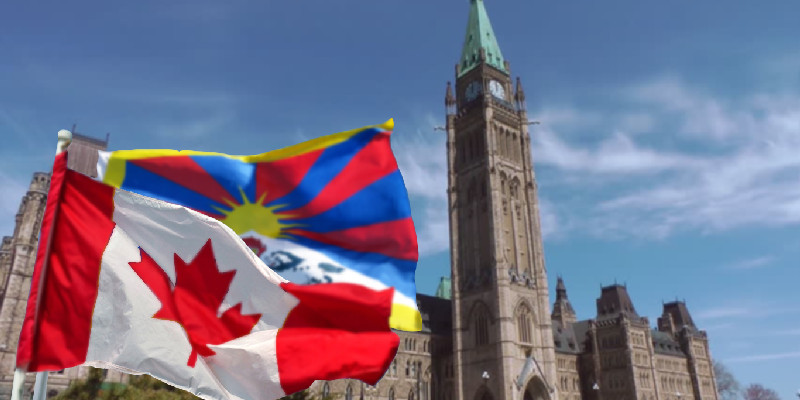
Leave a Reply